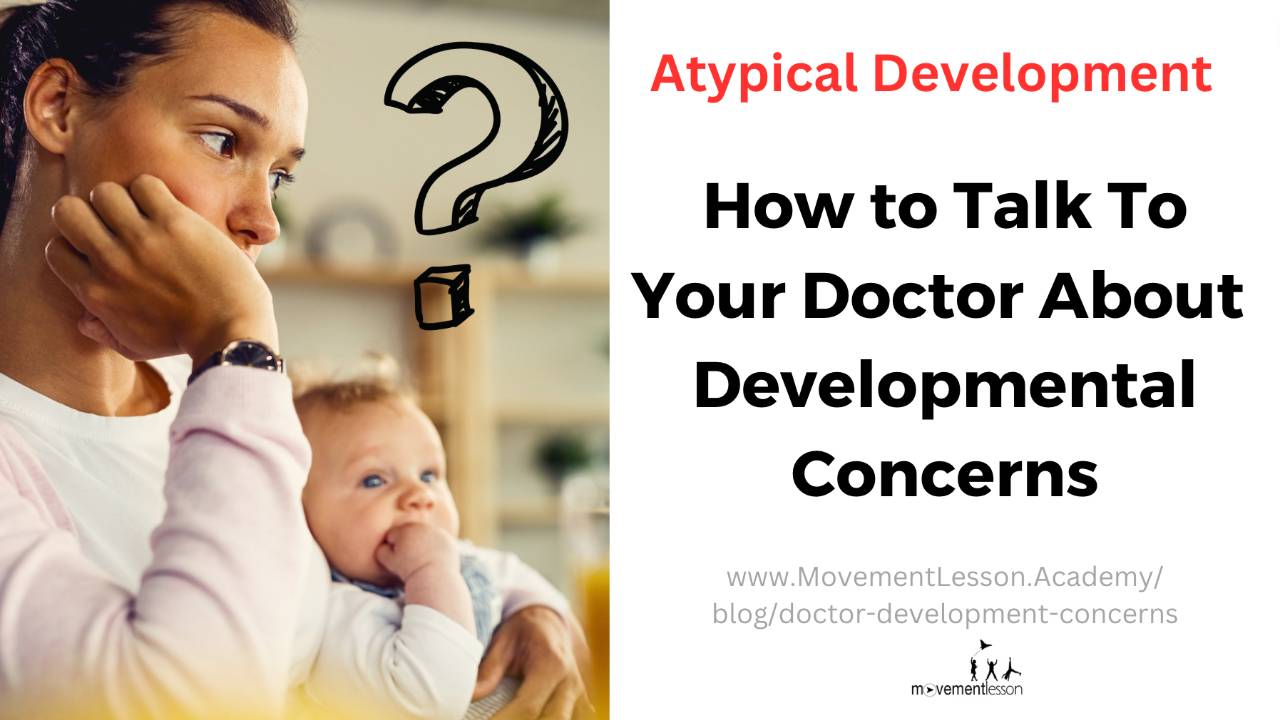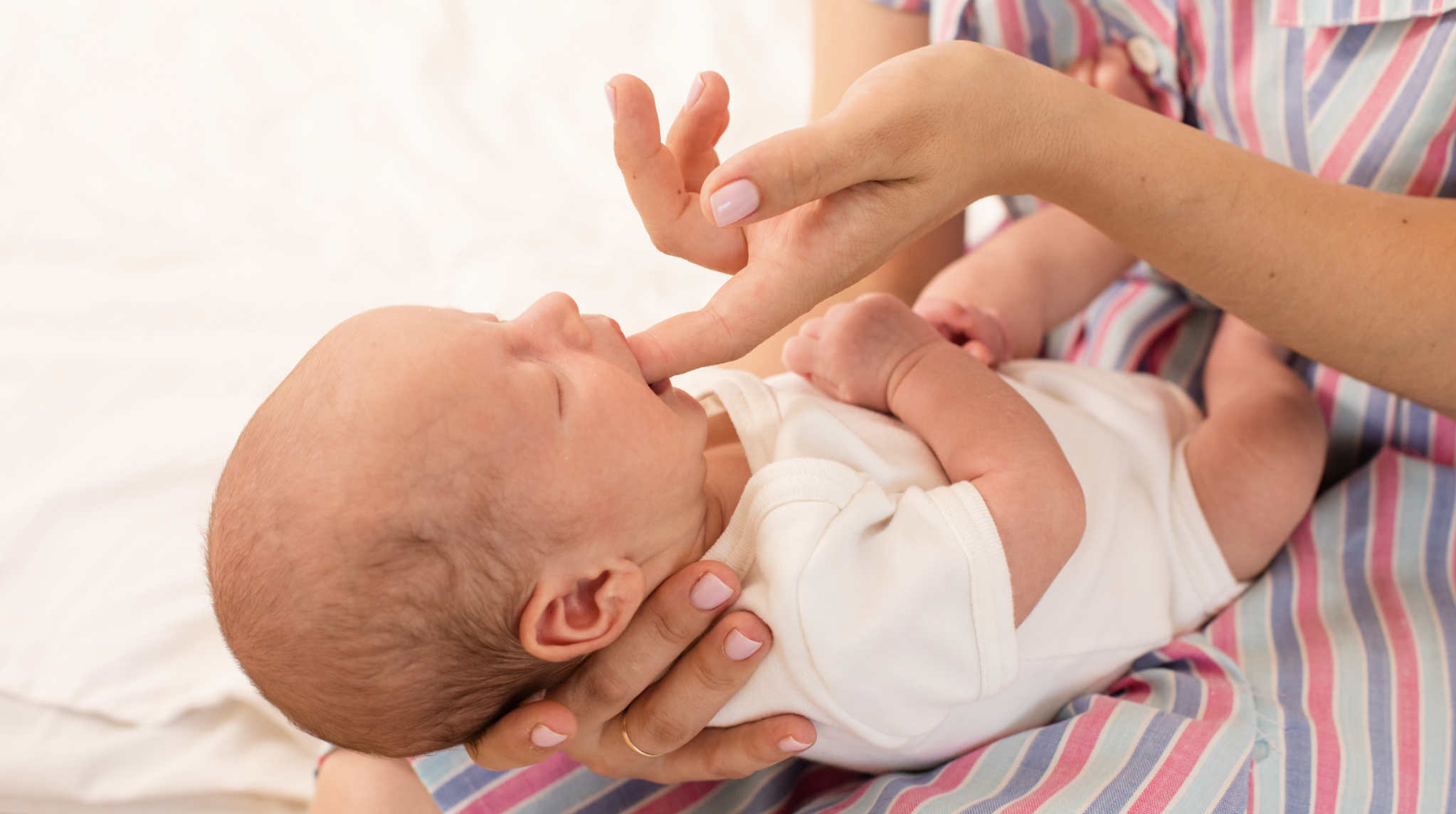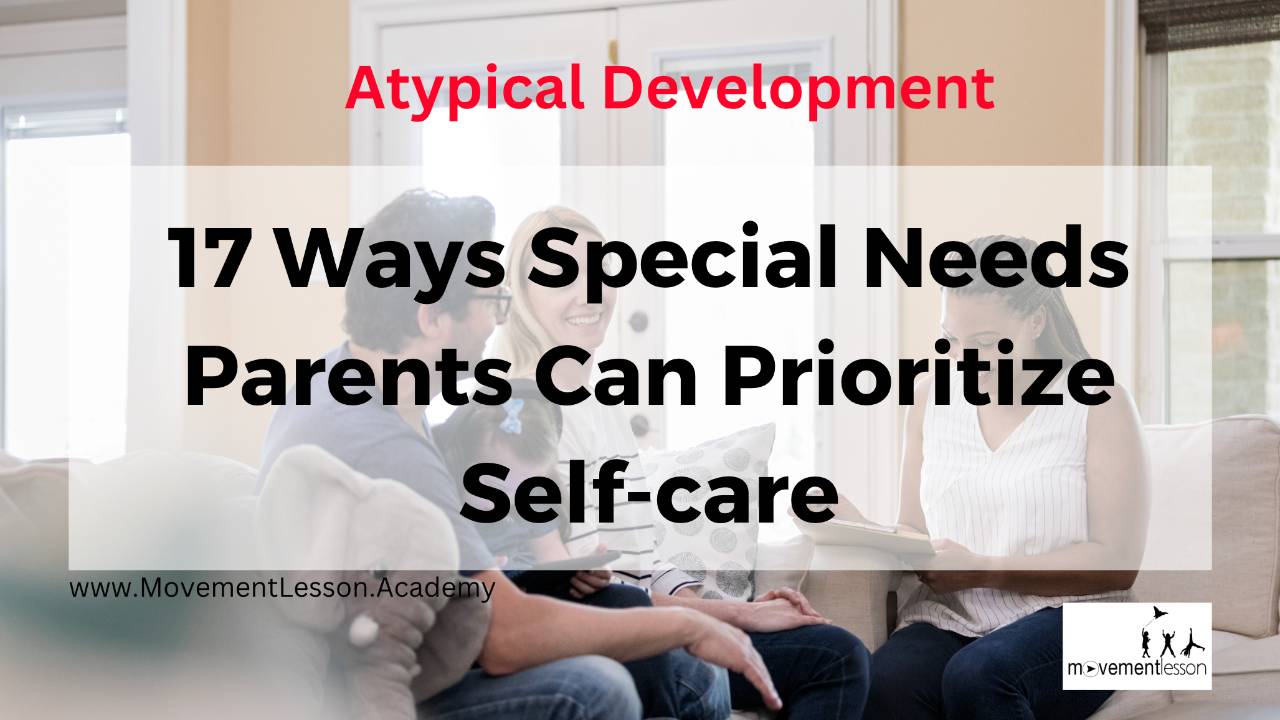Blog
How to Know What's Best for Your Baby's Development
What to Do If Your Baby Isn't Reaching Their Developmental Milestones?

If you suspect your baby might have delayed milestones, taking proactive steps can make a significant difference:
- Consult a Pediatrician: Schedule regular well-baby check-ups and express your concerns to your pediatrician.
- Early Intervention Services: These services provide specialized support to address developmental delays.
- Occupational and Physical Therapy: These therapies can aid in motor skill development.
- Speech-Language Therapy: Vital for addressing communication delays and disorders.
- Create a Stimulating Environment: Offer age-appropriate toys, games, and activities to encourage exploration and learning.
- Read and Communicate: Engage in reading and talking to stimulate language development.
- Play and Interaction: Encourage playtime with you and other children to foster social skills.
- Nutrition and Health: Ensure a balanced diet and address any underlying health concerns.
- Start giving your child lessons in movement: You are your child's ultimate advocate and movement co ...
21 Red Flags for Rare Genetic Disorders or Conditions PLUS 2 Bonus Helpful Tips

Here are potential red flags or signs that might indicate the presence of rare genetic conditions.
Keep in mind that we are not medical professionals, but we can provide you with some general information. If you suspect that you or someone you know might have a rare genetic condition, it's important to consult with a healthcare provider or a genetic counselor for proper evaluation and guidance.
To learn more about other potential warning signs your child might have for developmental delays, get our FREE "IN-TIME Baby Development Resource Toolbox" CLICK HERE.
Here are 21 potential red flags:
- Unexplained Chronic Illness: Frequent or persistent unexplained health issues.
- Delayed Milestones: Significant delays in developmental milestones (e.g., walking, talking) compared to peers.
- Intellectual Disability: Noticeable cognitive impairments or learning difficulties.
- Physical Growth Issues: Unusual growth patterns (e.g., very short stature) or failure to thrive.
- Facial Features:...
Baby Refusing Solids and Won't Take a Bottle - 7 Solutions

Is your baby refusing solids and it doesn't matter what you present to them?
Your baby won't take a well either and you are concerned about weight and lack of nutrients?
Here are 7 things you can do
👉First, are you watching the weight with your pediatrician?
👉Second, your pediatrician can’t do much if they don’t have data. For my special needs kids, I, Erin Fulks, weigh them daily and keep it in a log. That way, I can keep track of any trends.
👉Third, if your doctor isn’t doing anything now, ask them at what point they will be concerned about your child’s weight and then keep the data so you can let them know that the point of their concern has been reached.
👉Forth, you can ask for a consult for a g-tube. That can be a scary option for some parents. Some kids can eventually graduate off a G-tube but some not. G-tube can be a daunting option for parents, and they put it off. But it’s a huge stress relief to be able to give a child some calories and nutrients when they won’t or can’t e...
3 Ways to Make Time for Learning Child Development

Making time for learning is essential for personal growth and development. Here are three ways to prioritize and create time for learning:
-
Set specific goals and prioritize: Define your learning goals and identify the areas of knowledge or skills you want to develop. Once you have clarity on what you want to learn, prioritize those goals and make them a part of your schedule. Assess your daily or weekly commitments and identify time slots that can be dedicated to learning. It could be early mornings, evenings, weekends, or even small pockets of time during the day. By consciously prioritizing learning, you are more likely to carve out dedicated time for it.
-
Create a learning routine: Establish a consistent learning routine to help integrate learning into your daily life. Designate specific times for learning activities, whether it's reading a book, taking an online course, watching educational videos, or practicing a new skill. By creating a routine, you create a habit that m
...
Every Child Deserves to Experience Development
As parents, we all want the best for our children, especially when it comes to their development.
AGAIN, Every Child Deserves to Experience Development
However, seeing our babies struggling with reaching their milestones can be a source of worry and anxiety. The good news is that every child deserves to experience development in their own unique way. In this blog post, we will address parents' concerns about their baby's milestones and offer insights on how to support their optimal development journey.
- Understanding Developmental Challenges: Developmental challenges can manifest in different ways, such as hypertonia or hypotonia. These symptoms may indicate a larger issue at play, even if it is not yet fully understood. It's crucial for parents to recognize that these challenges do not define their child's potential or future. By acknowledging and seeking support, parents can take proactive steps towards unlocking their child's true capabilities.
- Embracing a Ho ...
11 Effective Ways Worried Parents Can Talk to Their Doctor About Their Baby's Developmental concerns

When you have developmental concerns about your child, it's important to communicate effectively with your doctor to address the situation.
Here are 11 effective ways for worried parents like yourself to talk to their doctor about developmental concerns:
1. Prepare in advance: Before the appointment, write down your concerns, observations, and questions. This will help you stay focused during the discussion with the doctor.
2. Choose the right time: Schedule an appointment specifically to discuss your concerns with the doctor, ensuring that there is enough time for a thorough conversation without feeling rushed.

3. Be specific: Clearly describe your concerns, providing specific examples of behaviors or developmental milestones that you find worrisome. This will help the doctor better understand the situation.
4. Video examples: Visual examples are so much better than word of mouth. Help clarify your concerns with specific video examples of what your child is do...
17 Ways Special Needs Parents Can Prioritize Self-care

Remember that asking for help is not a sign of weakness but a strength in recognizing your limitations and the importance of your well-being. Different strategies will work for different individuals, so be open to exploring and finding the options that suit your unique circumstances.
Let's go over 17 ways you can ask for help when you have a child with extra needs so you can improve your personal well-being.
1. Reach out to Family and Friends: Contact close family members and friends to share your needs and ask for support. They may be willing to lend a hand with childcare, household chores, or even provide emotional support.
2. Join Support Groups: Connect with support groups or online communities specifically for parents of children with special needs. These groups provide a platform to share experiences, seek advice, and ask for help from those who understand your situation.
3. Seek Respite Care: Look into respite care services that provide temporary relief by offer...
10 ways to simplify and delegate tasks when feeling overwhelmed

Life is overwhelming. You got this!
Here are 10 ways you can simplify and delegate tasks to make life more manageable.
1.Create a Daily Routine: Establish a structured daily routine that includes specific times for meals, nap/rest, playtime, and bedtime. A predictable schedule can help you and your children feel more organized and in control.
2. Prioritize Essential Tasks: Identify the most important tasks that need to be completed each day and focus on those. Let go of non-essential tasks or consider delegating them to others. (The Movement Lesson Time Management Journal available to those in the support program is a great resource to help with this. You can find it in the "ML Important Support Info" product - 14 day free access to our child support program then $30/month, CLICK HERE).
3. Delegate Household Chores: Assign age-appropriate tasks to children, such as tidying up their rooms, setting the table, or helping with laundry. This not only lightens the load...
Patching and Vision

HOW TO HELP YOUR CHILD SEE BETTER
-
Exam: Make sure you have a good visual examination using a retinoscopy. Your child's lazy could be due to an astigmatism, acuity (visual power), and/or their axis.
-
Efficiency: Typically a parent is told patching involves covering the stronger eye with a patch for a certain amount of time each day, which forces the weaker eye to work harder and develop better vision. Movement Lesson™ patching is about using patching with efficiency. First, to see how each eye sees and where you can catch your child's vision.
-
Ease: Purposeful patching should be done in short burst where your child is using their eyes fo...

